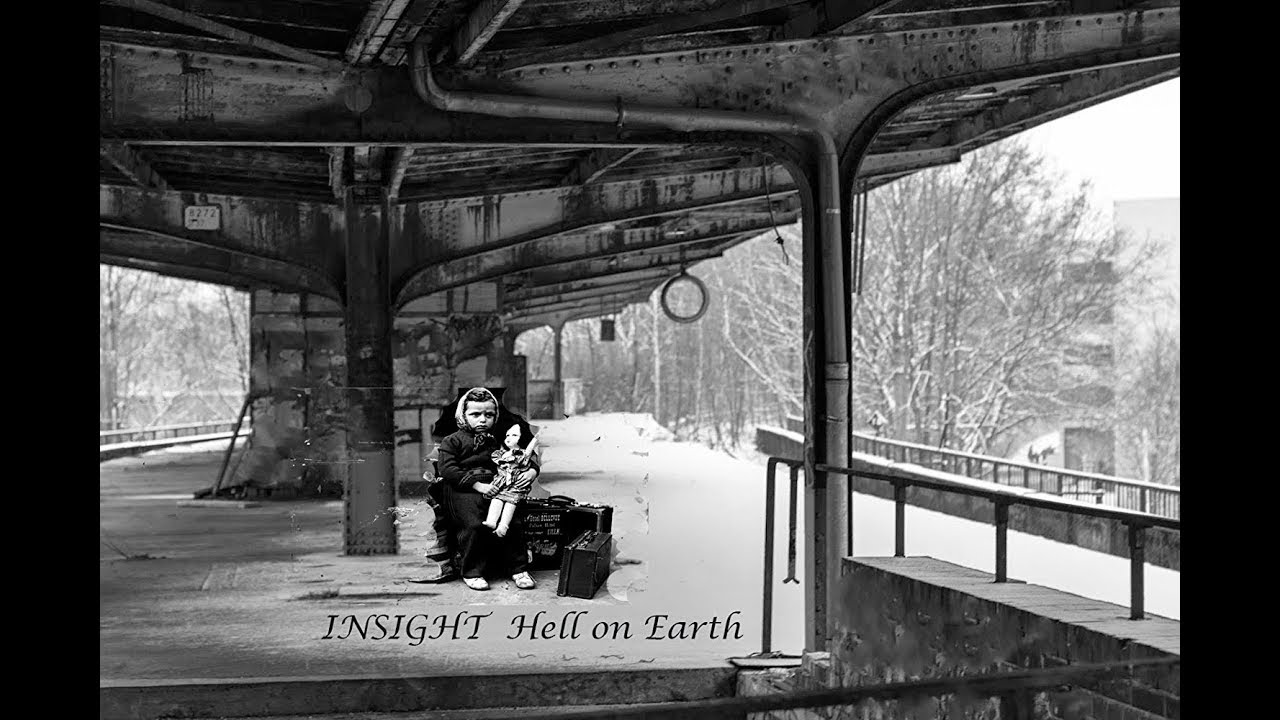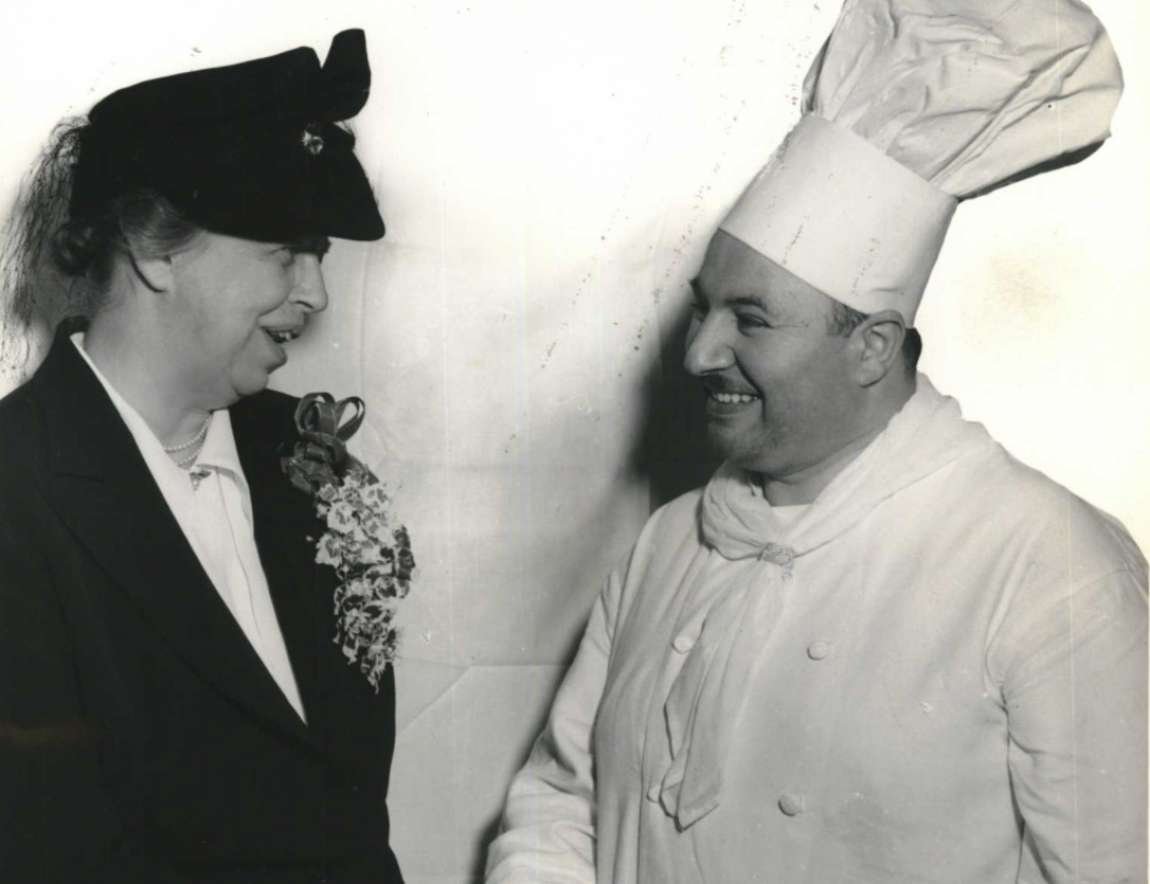INSIGHT Hell on Earth
A True story
Based on a true story of an eight year old Christian girl who is separated from her family and mistakenly sent to Auschwitz where she is watched by a Jewish Women scheduled for extermination."
About The Story
This story was designed to give a Christian point of view to the Jewish Holocaust.
Although Auschwitz is a main point in the story we tried not to make this a traditional Holocaust film. This story is more a WW II action "Movie". Our goal was to show human spirit and determination for survival. This script has also been a top finalist in three recent screenplay contests. Here’s the pitch:
USC Institute of Armenian Studies displaced persons project
Watch Documentary footage
Although Auschwitz is a main point in the story we tried not to make this a traditional Holocaust film. This story is more a WW II action "Movie". Our goal was to show human spirit and determination for survival. This script has also been a top finalist in three recent screenplay contests. Here’s the pitch:
USC Institute of Armenian Studies displaced persons project
Watch Documentary footage
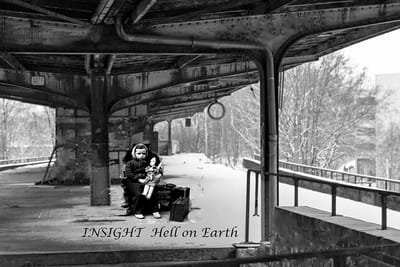
The Pitch

1942 Nazi’s invade a Russian harbor town capturing eight year old Klarisa Ananian’s parents. The Family is transported to a Warsaw train station to be shipped to a forced labor camp. At the train station Klarisa is separated from her parents and mistakenly placed on train headed to the Auschwitz. Her Father Ashot fearful of her eventual demise volunteers himself to the Nazis and is forced to remove gold crowns from emaciated corpses. After a few weeks of horrific work he finds Klarisa and is able to miraculously gain his way out of the camp. Separated from his wife and infant son Ashot must reunite his family and lead them through one frightful obstacle after another. Placed into physically grueling, life-or-death experiences in which they are, pitted against seemingly insurmountable odds. Klarisa and her family find the resources within themselves to prevail against the circumstances and ultimately arrive to the Promised Land “America”.
Go to Download page for a PDF copy of the Screenplay Go to PDF
Go to Download page for a PDF copy of the Screenplay Go to PDF
Story coverage

Based on the true story of a young girl named Klarisa and her Armenian family who must overcome the horrors of World War II in hopes of making a better life.
Strengths: This is an unbelievable underdog journey that also happens to be based on a true story which makes the conceit all that more compelling. This is the very definition of the theme War is Hell. From the start, Klarisa and her family's way of life is imploded as a result of the war with the Nazis pressing forward into Russian territory. Forced from their home and taken into Nazi custody; the family is then placed into separate concentration work camps including Auschwitz. Although it is nothing seen before; the screenwriter captures the horrors of the camps between the mass genocides and of course the burning bodies which paints the horrors of the setting. In one heart breaking scene, Ella naively goes into the showers only to be gassed. Unbelievably, Ashot is able to reconnect with Klarisa and together they find a way out. The physical stakes of the journey become no less easier yet by the end the resolution is all that more satisfying. Screenwriter captures the era through various landscapes which help create visual juxtapositions.
Logline: A tight knit Armenian family gets sucked into the horrors of the Nazis in World War II when young KLARISA is taken to Auschwitz after she is mistaken for a Jewish child and they all must work together if they want to survive.
Strengths: So much is thrown at this family across all three acts and it really helps to keep the audience engaged throughout the story. Every step of the way has horrific implications and possible outcomes and the plot is engaging as it always seems like the next issue will stop up Anna and Ashot. By the time they make it to America it's amazing how much they've been through... even down to the shark. Early on the addition of the graphic raping that Krause does really helps to raise the stakes of the story as well as pull out more of a voice for Anna for the audience. Up until that point we're with Ashot a lot and start to get what makes him tick, but this helps develop Anna. Klarisa is a well-developed character for someone that we see from a very young age all the way to a grandmother. The shots of what she had been through are powerful in the third act and at the end of the day that happiness of things that come once they make it into America and get to LA is very satisfying after the wild ride the audience has taken with them. One of the best things going for this script is how unique the premise is when it comes to the take on a WWII/Nazi Germany genre movie. It functions as an epic biopic about the family and it's very easy to root for them throughout due to what is thrown at them.

Second Coverage:
By Hallmark Films Development Executive.
Logline: A young girl must battle the many tortures of World War 2 in order to live to tell her story and inspire generations after her.
Insight Hell On Earth is such a heart-wrenching film that provides insight into the torture of World War 2. Although this is a historical film, the writer has cleverly focused on the relationships rather than a premise. This story is really about a father doing whatever it takes to save his daughter and Klarisa surveying to tell her story. In the opening, the writer cleverly cuts between Ashot working in horrific conditions and proving himself in order to save his daughter and these scenes are juxtaposed with scenes showing Klarisa and Ella struggling to survive. This builds tension and provides a ticking time bomb effect. We’re rooting for Ashot to make it to Klarisa in time. His goal is clear, his obstacles are clear, and this provides a driving force that moves the plot forward. The characters and relationships are the strongest part of this story and it sets a strong foundation for plot, which is the way it should be in a good script. The script follows the traditional Hollywood 3 act structure. The catalyst nicely falls around page 11 with Ashot taking on the job to help the Gestapo with the intention to save his daughter. The strength in the structure means that we’re taken on a journey from beginning to end feeling satisfied with the progression and revealing of story and character. This film is categorized as a historical film and is certainly appropriate for this genre. The themes of this film are strong - misogyny, racism, sexual abuse, truth, greed, power, and politics. The big print tells us about the setting, action, and emotions of our characters and when it’s nice and concise, it works well. There are many lines that are so simple, but say so much. Eg. page 90 - Nishan steps up behind Ashot and places his hand onto Ashot’s shoulder. Dialogue is natural and conversational so that it flows with good pacing and makes the script easy to read. There are humorous lines that nicely cut through the tension. Eg. page 31 - KLARISA Please Mama not Harout. What about Michael? The ending was very cathartic, as Klarisa lives to tell her story and provides a strong message about God. This faith message is powerful and is nicely threaded through the script, nicely plotting Ashot’s journey from skepticism to believing (eg. pg 50). This is a well written script by a writer with a strong voice. Overall the story is suspenseful and riveting.
The Fight Against Anti-Semitism
Awards
Screenplay and Press release download
For more Information Press kit New.pdf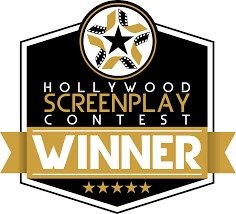
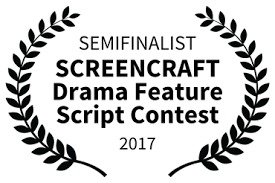
USC Institute of Armenian Studies displaced persons project

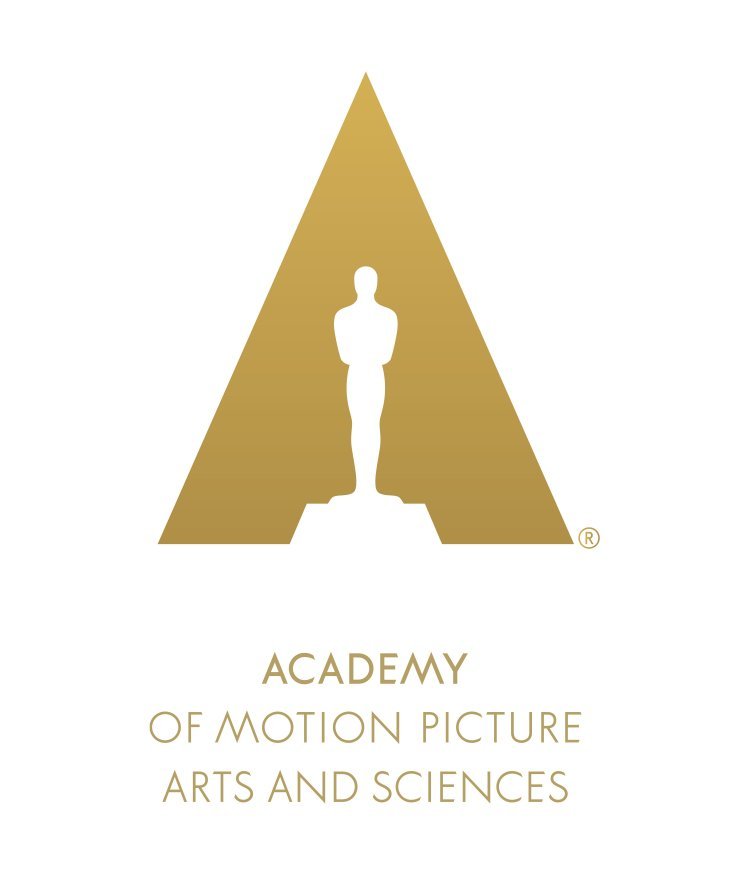 Download: Insight Hell on Earth Screenplay PDF.
Download: Insight Hell on Earth Screenplay PDF.  Insight Hell on Earth June 2020 Format.pdf
Insight Hell on Earth June 2020 Format.pdf
The fight against Anti-semitism
“History shows us the rise of Anti-Semitism always leads to War. WW1 and WW2 were started because of this type of hate. Can we afford a WW3?” Let’s stop the hate!
Read MoreContact
- Montebello, CA, USA
- 323-2536402 - Cell
- info@insighthellonearth.com
- Mon-Fri - 08:00-19:00
